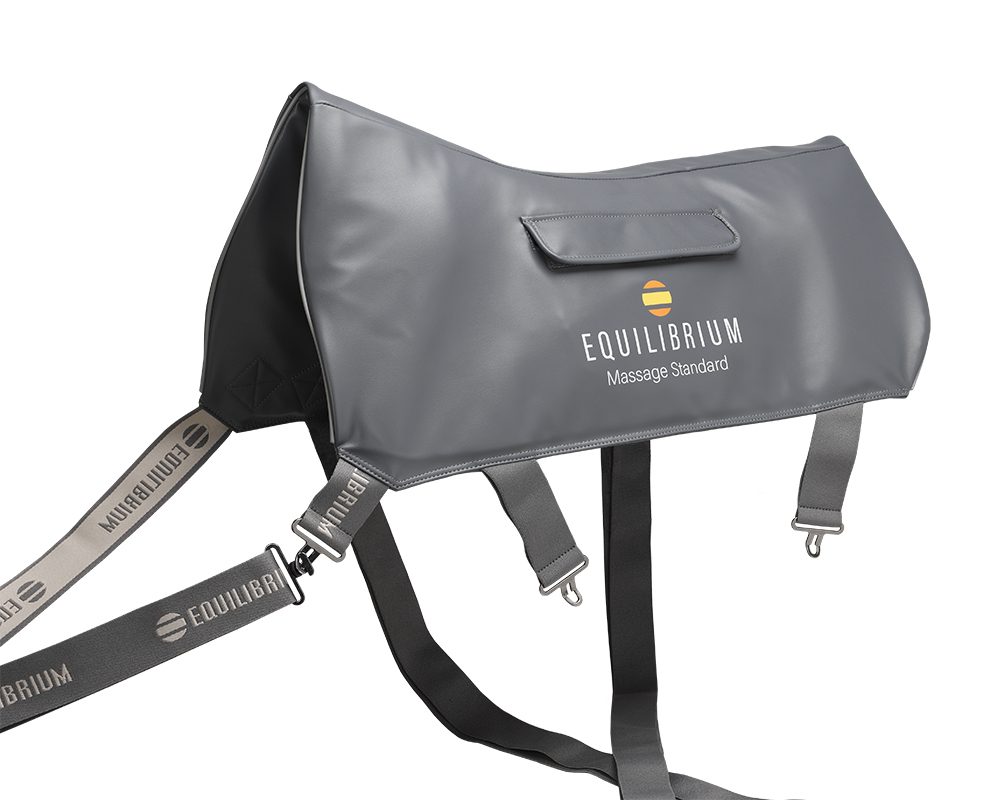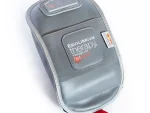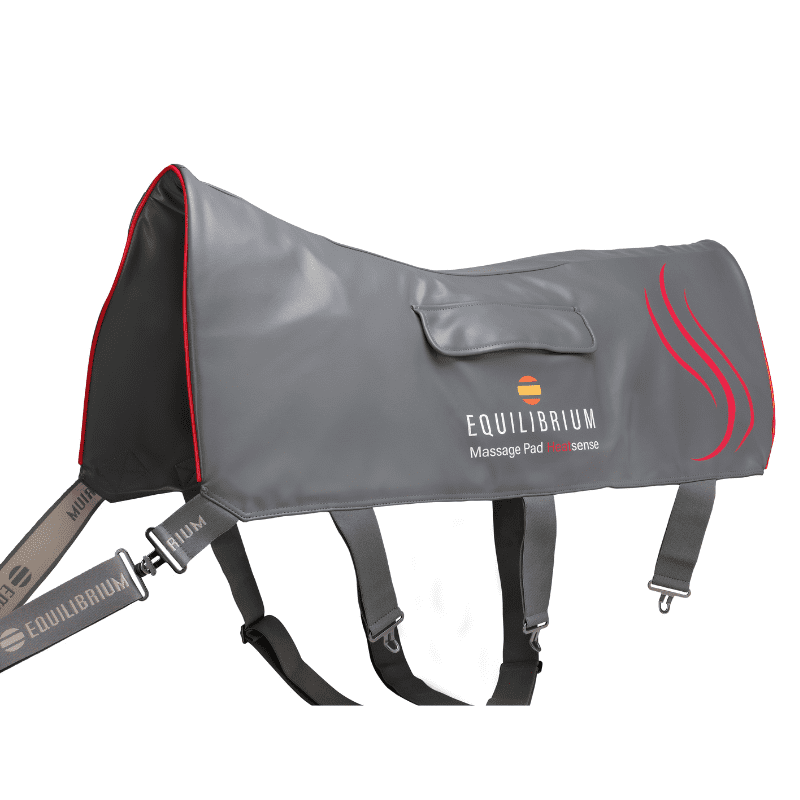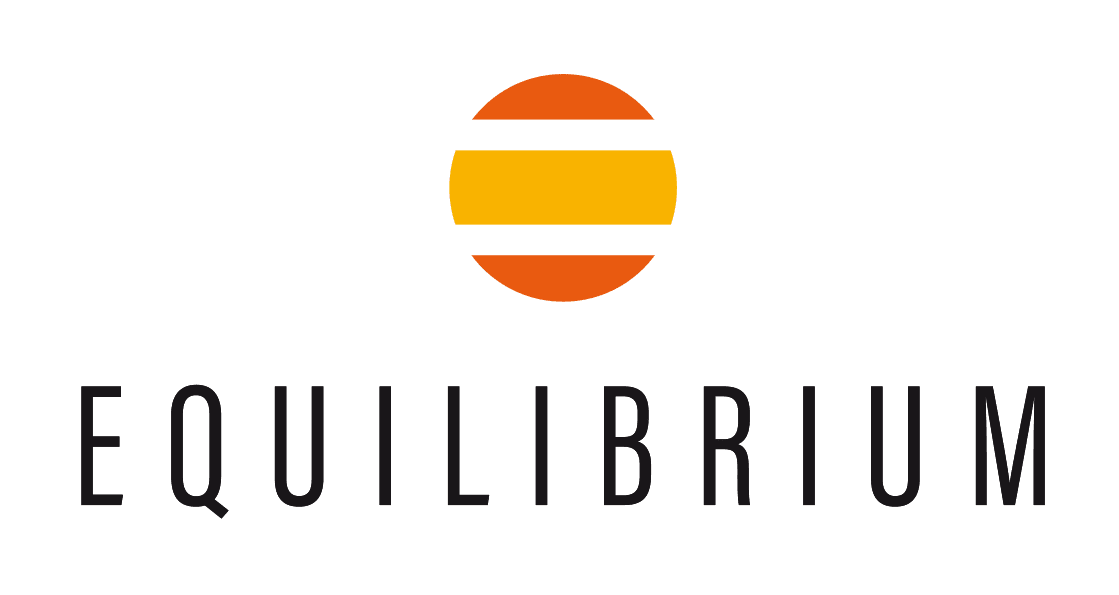1 year product guarantee
Free delivery on most orders over £40
Rated 4.9/5 stars on Feefo

Researched & tested products

Innovating for over 20 years!
Supporting Redwings Horse Sanctuary & Brooke
Feefo Gold Trusted Service Award Winner
Get more time to pay with Klarna
Managing a Horse with Hock Arthritis – A Physiotherapist’s Perspective.
If your horse has had a diagnosis of hock arthritis, there are many ways in which we can help the horse continue a working career and maintain a comfortable life. Adjustments may be needed in their husbandry and exercise programmes, but regular veterinary surgeon and complimentary therapist’s treatments will help to control any associated pain and discomfort. This article aims to give an overview on simple things you can implement into your daily routine to help with the management and associated problems with hock arthritis.
As explained in the previous article The Horses Hock | Common Problems, Diagnosis and Treatment the hock is a very complex joint, which plays an important part in the performance horse. When problems arise in the hock joint the horse alters their gait to compensate, trying to avoid or minimise any pain or discomfort due to the arthritis. This results in compensatory hypertension and hypertrophy (overdevelopment) in the associated muscles, tendons and ligaments that are now having different stresses and strains applied to them.
Due to a possible reduction in hock flexion, and also in an attempt to reduce concussive forces being applied directly through the hock joint, horses often compensate by circumducting (an outward swing) the affected limb during the swing phase of the stride cycle. This results in the muscles on both the medial (inside) and lateral (outside) aspects of the limb having different forces applied to them which can therefore become tight and overdeveloped. We also often see an increase in tension in the lumbar paravertebral region, gluteal region and hamstrings (see image below) – particularly the semimembranosus and semitendinosus muscles of the hind limb. Again, this is due to the horse trying to cushion and reduce the impact from the affected limb(s) striking the ground. The affects of which will often be seen in the ridden horse by being tense in the back, behind the saddle and having a shortened stride of the hind limb.
There are many ways in which we can help support and maintain as near normal function as possible within these structures to help prevent further problems.
Category
Advice, Advice, Arthritis, Equilibrium Blog, Equine Ailments, Equine Ailments, Hock Joint, Holistic Approaches, Horse Care & Equipment, Keeping your horse happy, Keeping your horse happy, Legs, Massage, MassageHorses will naturally try to limit and reduce the amount of pain or discomfort felt from an injury or joint disease by off-loading the affected limb. You may see them resting the affected limb more frequently. This off loading over time will have knock on effects on the core musculature which will affect the posture of the horse, and possibly lead to secondary issues. We can help maintain core strength and suppleness by performing baited stretches as part of our daily routine.
Stand the horse square and slowly ask them to follow a treat around to the girth area either side, then the flank either side, outside the front fetlock either side, to the chest, between the front legs and then stretching up to the sky. It is always best to perform these exercises when the muscles are warm, so it is advised to do them after exercise, once tack is removed, but before the horse has cooled too much. If your horse is currently not in work then the muscles can be warmed by massaging the area prior to stretching. Click here for a more detailed guide on baited stretches.
Massage can be beneficial to help maintain suppleness within the muscles and prevent excessive tension, which can result in altered gait patterns. Regular application of massage, using effleurage – gentle stroking techniques, or petrissage a deeper kneading technique, paying particular attention to the lumbar paravertebral and gluteal muscle groups (muscles running along either side of the spine from behind the saddle region and over the rump) and the hamstring muscle groups (those running down the back of the hind limb and down to the hock).
The Equilibrium Massage Mitt or Massage Mitt Hotspot can be particularly useful for massaging these areas. Manual massage can be tough on your hands if you are not conditioned to it, and these products can take away any worry of not knowing the exact techniques to use. The heat from the Massage Mitt Hotspot is very comforting for sore muscles and could also be applied to the hock joint itself before exercise to help warm the area and relieve initial stiffness.
Massage can be performed regularly, if time permits, and if carried out after exercise as part of a routine it can help prevent tension building up. 20-30 minutes should be spent on either side of the horse 2-3 times a week (or more if time allows) to help maintain soft and supple muscles. If you find your horse is particularly uncomfortable when you are massaging a specific area it is always advisable to contact your veterinary surgeon or therapist for advice.
For many of us, time on the yard is precious, especially through the winter months. The Equilibrium Massage Pad and the Massage Pad Heatsense provide an easy to use, effective massage (massage & heat from the Heatsense) for the muscles of the back and can be a useful tool to help aid the warm-up process before you ride. One of the biggest benefits of these products is that you can carry on other yard chores whilst your horse has their massage.
The use of pole work to increase range of motion within the hind limb can be very useful, but needs to be performed with care, your horse’s ability to perform the exercise correctly and being able to move over the poles without knocking them should be taken into consideration when deciding to use poles as part of the rehabilitation. Your Veterinary Surgeon or therapist will be able to advise you more if pole exercises are suitable for your horse. Something as simple as placing a couple of poles at intervals on your walk to and from the field will help to encourage your horse to use the limb through a greater range of motion.
When using poles, it is important to take into consideration your horse’s fitness and ability – keep it simple. A single pole walked over cleanly can be much more beneficial than a grid of poles which your horse struggles to perform. Start simple and increase the number of poles over time. Try to always have someone on the floor watching your horse’s movement over the poles, we aim to have a regular stride length and equal limb flexion / extension through the pole configuration and for any horse diagnosed with hock arthritis I prefer to work with the poles in straight lines, rather than on a curve so we keep limb loading as equal as possible.
When manging a horse suffering from hock arthritis alterations to their husbandry and exercise regimes may be required to help achieve the best results, with regular assessments from your veterinary surgeon, therapist and farrier the best outcomes can be achieved. You should avoid long periods of restricted mobility and try and keep exercise levels regular throughout the week, avoiding overworking on hard or deep surfaces and be conscious of ground conditions and the terrain you’re working your horse on – harder surfaces and hills will increase the forces applied through the affected joints.
As with any Equine injury, ailment or disease if you are unsure at any point about what is appropriate for your horse we advise you refer back to your Veterinary Surgeon or Musculoskeletal Therapist for advice.
Thank you to Catherine for writing this article:
Catherine Marshall
Veterinary Physiotherapist
AdvCert VPhys DipAVN(surgical)RVN Cert Clin Ed Acc Midx MRAMP, MIRVAP
Related Articles
View all articlesSimple stretches to help keep your horse supple
Read articleRelated Products
View all products-
 Equilibrium Massage Pad£360.00 View product
Equilibrium Massage Pad£360.00 View productEquilibrium Massage Pad
Reward. Relax. Release your horse’s potential with this massage pad…
-
 Massage Mitt Hotspot£140.00 View product
Massage Mitt Hotspot£140.00 View productMassage Mitt Hotspot
Target, soothe and relax your horses hardworking muscles with comforting…
-
 Equilibrium Hind & Hock Magnetic Chaps£89.99 View product
Equilibrium Hind & Hock Magnetic Chaps£89.99 View productEquilibrium Hind & Hock Magnetic Chaps
Magnets where YOU want from hoof to hock, to support…
-
 Equilibrium Massage Pad Heatsense£529.00 View product
Equilibrium Massage Pad Heatsense£529.00 View productEquilibrium Massage Pad Heatsense
Achieve ultimate relaxation with comforting heat and massage. Combining reliable,…
